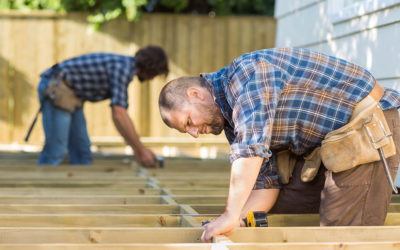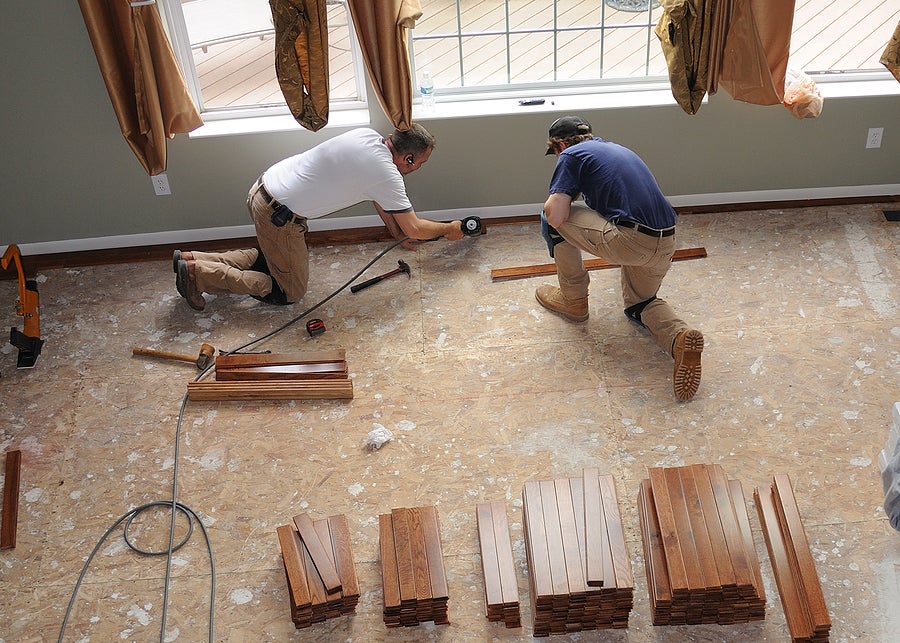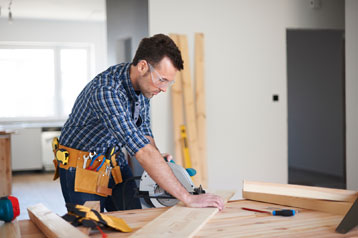Spending on home improvement has grown more than 50 percent in the U.S. since 2010, when it hit a low during the last recession. And homeowners who are 55 and over are the major force behind that spending, according to a recent report from the Harvard Joint Center for Housing Studies, based on data from the United States Department of Housing and Urban Development, and other sources.
The report, which charted changes in home renovation activity through 2017, attributed part of the increase to a shortage of new construction and a reliance on aging housing stock that requires upkeep and repair.
Other factors include higher housing prices that have increased the available equity for home improvement loans, and a growing population of older homeowners who are financially equipped to pay for renovations.
Aging homeowners, in fact, were responsible for half of the home improvement spending in 2017 — 25 percent by those between 55 and 64 and another 25 percent by those 65 and older.…
Read More






 Shutterstock
Shutterstock
















